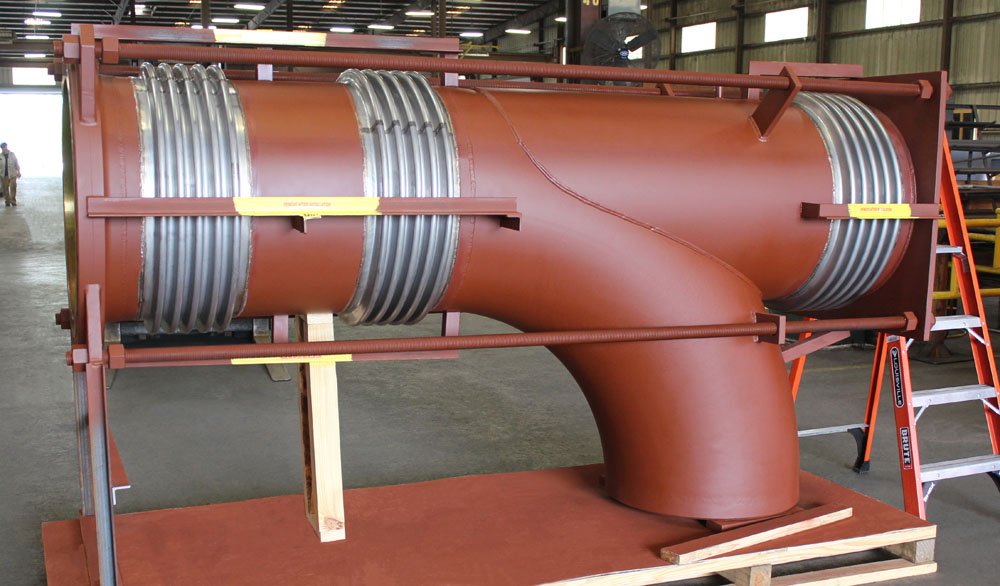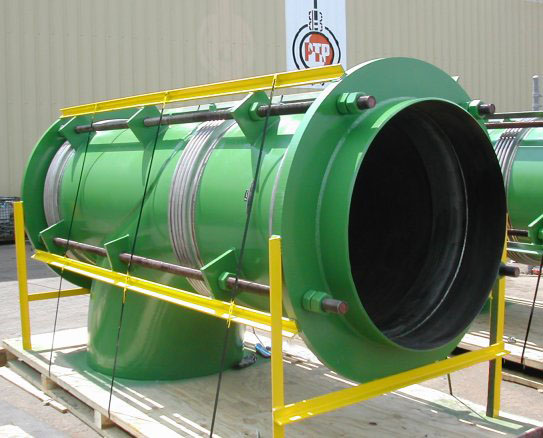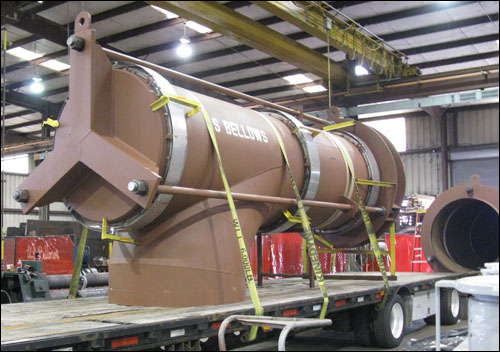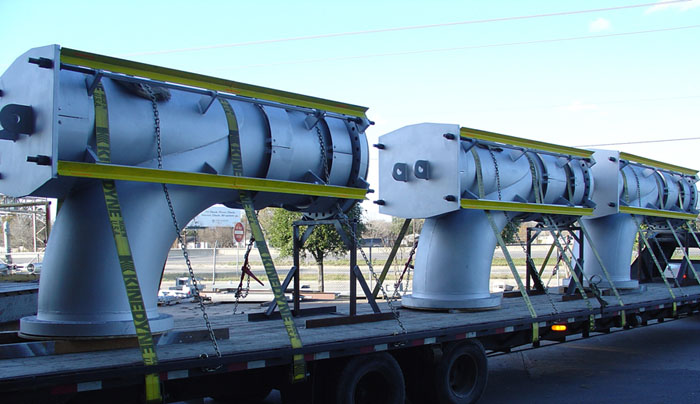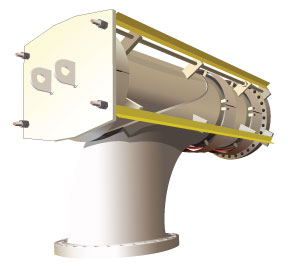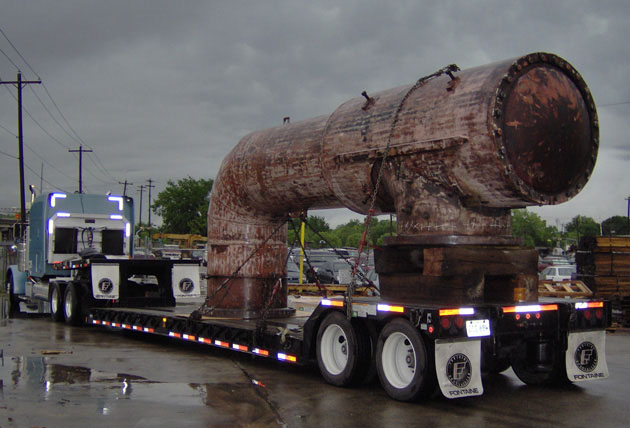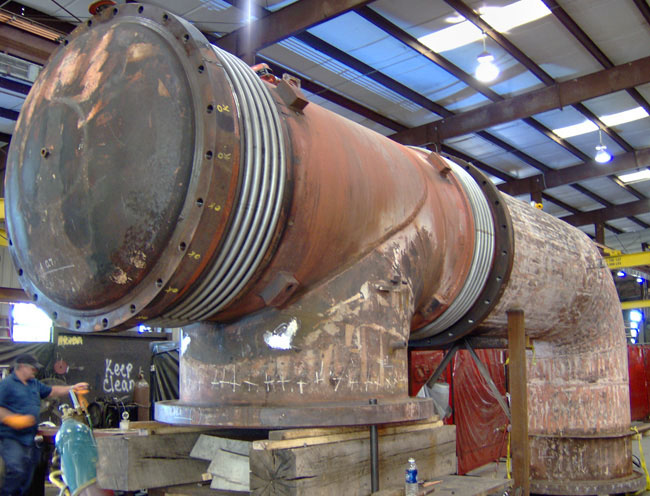When it comes to ensuring the smooth operation of piping systems in various industrial applications, expansion joints play a pivotal role in accommodating thermal movements, vibrations, and misalignments. The Elbow Pressure Balanced Expansion Joint stands out as a remarkable engineering solution among the different types of expansion joints.
Elbow Pressure Balanced Expansion Joints, also known as elbow pressure compensators, are flexible components specially designed to absorb axial and lateral movements in piping systems while containing pressure thrust. They are often utilized in pipelines where space constraints or specific layout requirements demand a bend or an elbow configuration. These expansion joints are engineered to provide flexibility and stress relief, reducing the risk of structural fatigue and preventing damage to critical equipment.
At the core of the Elbow Pressure Balanced Expansion Joint’s functionality lies a harmonious combination of two integral components: the standard inline-bellows and the pressure-balancing bellows unit, both bellows are connected through a set of tie-rods or external hardware. The traditional bellows proficiently absorb axial and angular movements, while the balancing bellows, installed in the opposite direction to the elbow, ensure equilibrium by neutralizing the internal pressure forces via the tie-rods.
More About Elbow Pressure Balanced Expansion JointsView Product Page
When the piping system experiences thermal expansion or contraction, the Elbow Pressure Balanced Expansion Joint flexes accordingly to accommodate the movement while maintaining structural integrity. The balancing bellows unit operates in tandem with the traditional bellows, exerting an equal yet opposite force to balance the pressure thrust generated through the tie-rods connecting both bellows. Consequently, this innovative design mitigates excessive loading on anchors and supports, minimizing the risk of stress-induced failure and fatigue.
The strategic implementation of Elbow Pressure Balanced Expansion Joints yields several profound advantages, making them a preferred choice for demanding piping systems:
- Precise Stress Absorption: The Elbow Pressure Balanced Expansion Joint’s ability to effectively absorb axial and lateral movements, vibrations, and thermal expansions, while containing pressure thrust, prevents undue stress on adjoining components, such as pumps, turbines, and valves, enhancing the overall reliability and longevity of the system.
- Space Optimization: Ideal for constrained spaces, these expansion joints offer a compact and space-efficient solution by obviating the need for elongated straight sections and additional supports, streamlining installation and maintenance efforts.
- Pressure Thrust Control: Incorporating a balancing bellows unit effectively balances the internal pressure thrust forces, protecting anchors, supports and/or equipment from overloading and potential damage.
- Improved System Integrity: By minimizing mechanical stresses and maintaining pressure equilibrium, Elbow Pressure Balanced Expansion Joints foster a robust and dependable piping system, even under challenging operating conditions.
Elbow Pressure Balanced Expansion Joints have many applications in various industries, including petrochemical and refineries to mitigate thermal expansions and vibrations in intricate piping networks associated with high-temperature processes and power plants for absorbing thermal cycles, pressure fluctuations, and dynamic loads induced by turbines and compressors. This type of expansion joint can be used to enable thermal movement absorption in large-scale heating, ventilation, and air conditioning systems.

